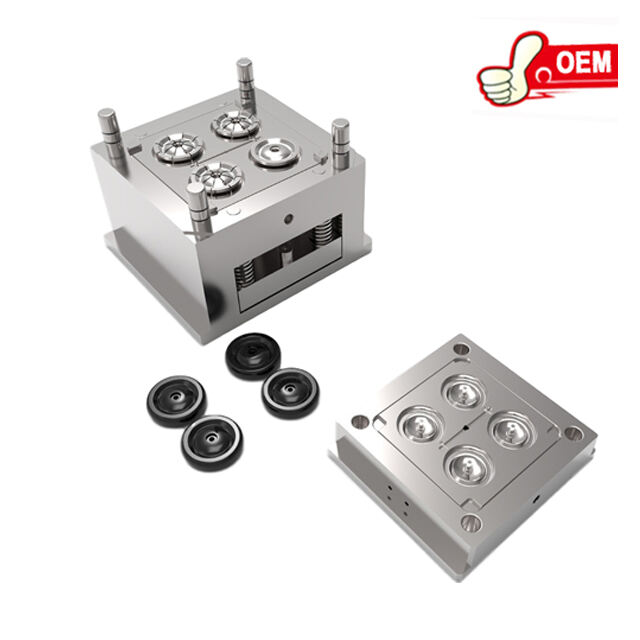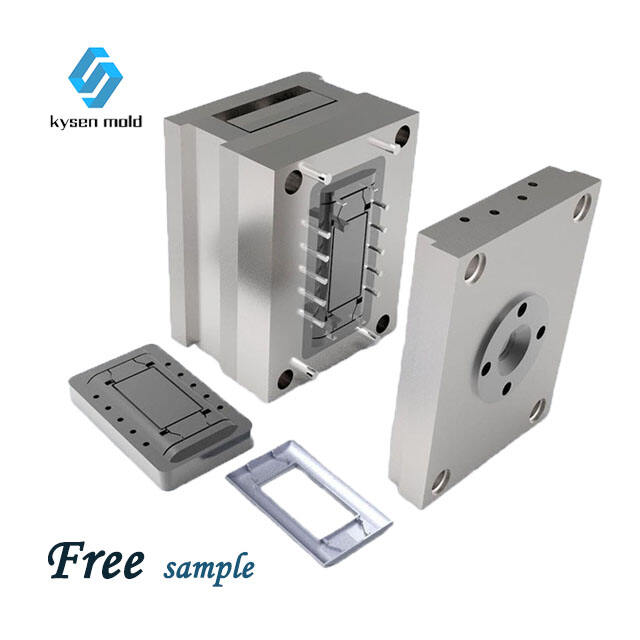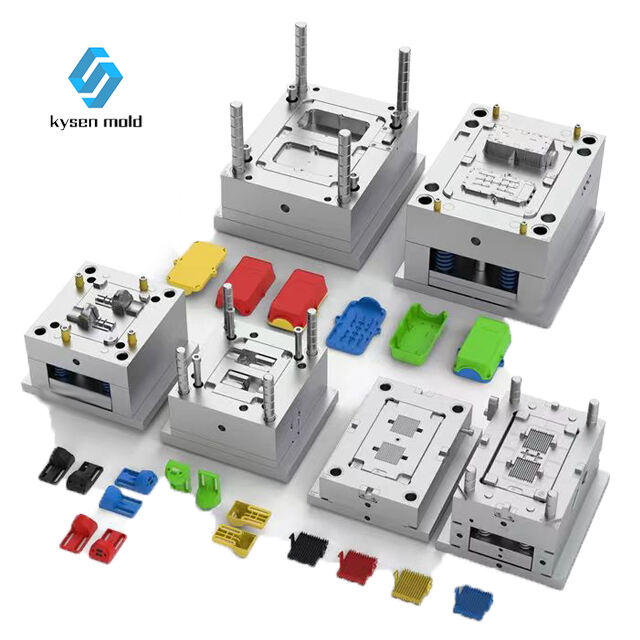two plate mold and three plate mold
The two plate mold and three plate mold are essential components in the injection molding industry. The main function of these molds is to shape molten plastic into desired products. The two plate mold consists of two plates, a fixed plate and a moving plate, which come together to form the mold cavity. The three plate mold, on the other hand, includes an additional plate called the slider plate, which provides more complexity and precision to the molding process. Technological features of these molds include precise alignment, efficient cooling systems, and the ability to produce high-quality products with tight tolerances. These molds find applications across various industries, such as automotive, electronics, and healthcare, where precision and quality are paramount.


